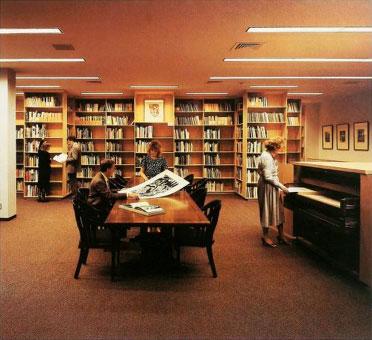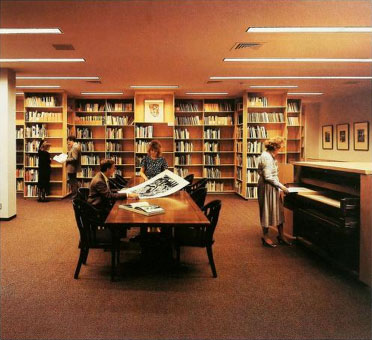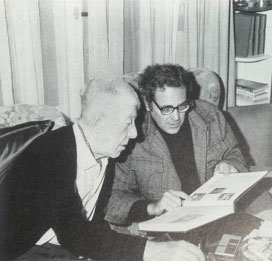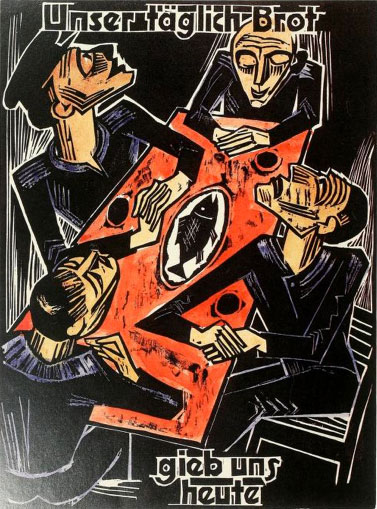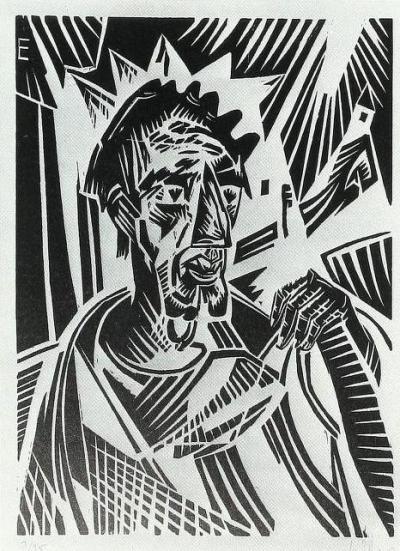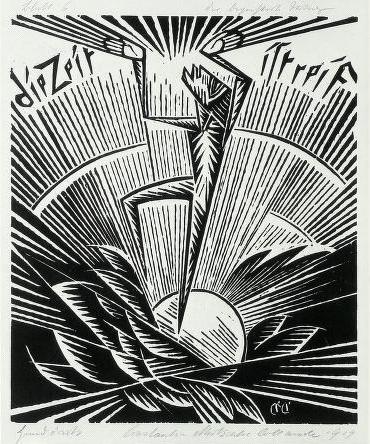Today LACMA is launching its latest installment of free online catalogue reprints in the Reading Room. In conjunction with the German expressionist exhibition Myths, Legends, and Cultural Renewal: Wagner’s Sources, which opened yesterday, the latest batch of Reading Room catalogues revolves around LACMA’s scholarship in the area of German art. Take a look at the seven new catalogues here. Below, LACMA Editor in Chief Thomas Frick gives some insight into the biggest behemoth of them all.
There are those of us in the book world—you know who you are—who feel an uncanny affinity with Thomas Mann’s observation, “Only the exhaustive is truly interesting.” Attracted to endless encyclopedias, massive catalogues, and arcane compendia of all types, we’re perverse enough to gladly trade a free round-trip ticket to Paris for a week’s lodging in Borges’s Library of Babel.
One LACMA publication could be placed on any list of exhaustive works: German Expressionist Prints and Drawings: The Robert Gore Rifkind Center for German Expressionist Studies, a two-volume behemoth published in 1989. Comprising a book of essays and a catalogue raisonné totaling 1,088 pages, it has been called by one antiquarian bookseller “among the finest resources on the graphic art of German Expressionism.” Although LACMA’s Rifkind Center has added significantly to its holdings during the subsequent two decades, these out-of-print volumes are still much sought after—I’ve seen the set offered through AbeBooks for well over $2,000.
In 1971 Robert Gore Rifkind, a Beverly Hills lawyer and third-generation Angeleno, began collecting German expressionist graphic art, along with the books and periodicals that themselves often contained original works. Eventually the collection grew large enough to require a staff and a place to house it; thus the center at LACMA was born.
The essay volume surveys the history of the expressionist movement, recounts its reception in the U.S., and includes, among other things, an intimate conversation between Rifkind and Oskar Kokoschka.
It also features numerous reproductions, many in saturated color. The expressionists’ angular forms and bold vibrating lines, carving out indelible images within often highly charged negative space, are a reminder of the power of expressionism as conveyed in the graphic arts.
To page through the catalogue volume is a pleasure and an amazement. Simply the corralling of such complete documentation alongside each of the thousands of black-and-white thumbnail images (so numerous no one is ever confident of their count) commands the awe of anyone who’s ever assembled a checklist for an exhibition catalogue.
Of course, such exhaustiveness exacts a toll. The boxed set weighs fifteen pounds. Every time I pull it off the shelf, my wrists feel in danger of snapping. To fall asleep with the catalogue volume on your chest might well asphyxiate you.
Thus, it is especially rewarding to add this work to our electronic Reading Room library, where it will be more safely perusable. There it joins six additional historically important LACMA publications concerning German expressionism, a field with which the museum has had a long and fruitful engagement. The most notable of these other books, “Degenerate Art”: The Fate of the Avant-Garde in Nazi Germany, will be the subject of a future Unframed report.
Thomas Frick, Editor in Chief



